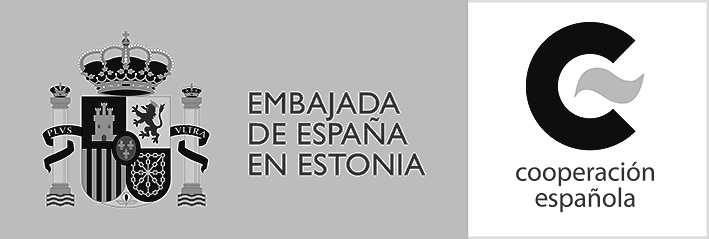España Blanca y Negra: Vision of Spain, from Fortuny to Picasso
Landscape painting was an almost unknown genre in Spanish art until the 19th century, when questions regarding the Spanish identity and national image arose. As the country underwent modernisation, the two opposing approaches to conveying the image of Spain collided: the idea of a bright and buoyant “white” Spain and the idea of a dark and grave “black” Spain that drew on the deepest layers of the cultural heritage. Between and alongside these two opposites, Catalan modernist painting began to flourish at the turn of the 19th–20th centuries, combining the picturesqueness and colour sensitivity of white Spain and the intellectuality of black Spain.
Gallery
Spanish landscape painting was triggered by the interest of foreigners in the country’s folklore, exotic nature and architecture in the 19th century. These often simplistic and superficial pictures were created by English, German and Netherlandish artists who had travelled around Spain. However, such masters as Marià Fortuny, Martín Rico and Eugenio Lucas Velázquez led the way in establishing a strong Spanish school of landscape painting, which then played a significant role in the overall development of culture. The grand master of White Spain and one of the brightest virtuosos of Spanish landscape painting was Joaquín Sorolla. His greatest rival from the opposing Black Spain camp was Ignacio Zuloaga. Other influential masters and ideologues of the latter movement were Darío de Regoyos and Gutiérrez Solana.
Ramon Casas and Santiago Rusiñol were among the first modernist Catalan painters who became known in Spain and all over Europe at the end of the 19th century, followed by the symbolistic and elegant Hermenegildo Anglada Camarasa, the pessimistic Isidre Nonell, who depicted the darker sides of human existence, and the sensitive colourist Joaquin Mir, whose compositions and painting manner were free and unconventional. The traditions of the Spanish school of painting and the modernist art of Barcelona served as fertile soil for the growth of totally new art, the best representative of which was Pablo Picasso.
Gallery
The works displayed in this exhibition have been borrowed from the Reina Sofía Art Museum, MNAC – the Museu Nacional d’Art de Catalunya (the National Museum of Catalan Art), the Carmen Thyssen Museum in Málaga, the History Museum of Madrid, the Museum of Romanticism, and from several private collections: Casacuberta Marsans, El Conventet, Pinacoteca de Bodegas Tradición, Colección Vida Muñoz, Fundación Bancaja etc.
Curators: Carlos Alonso Pérez-Fajardo and Aleksandra Murre
Graphic designer: Külli Kaats
























